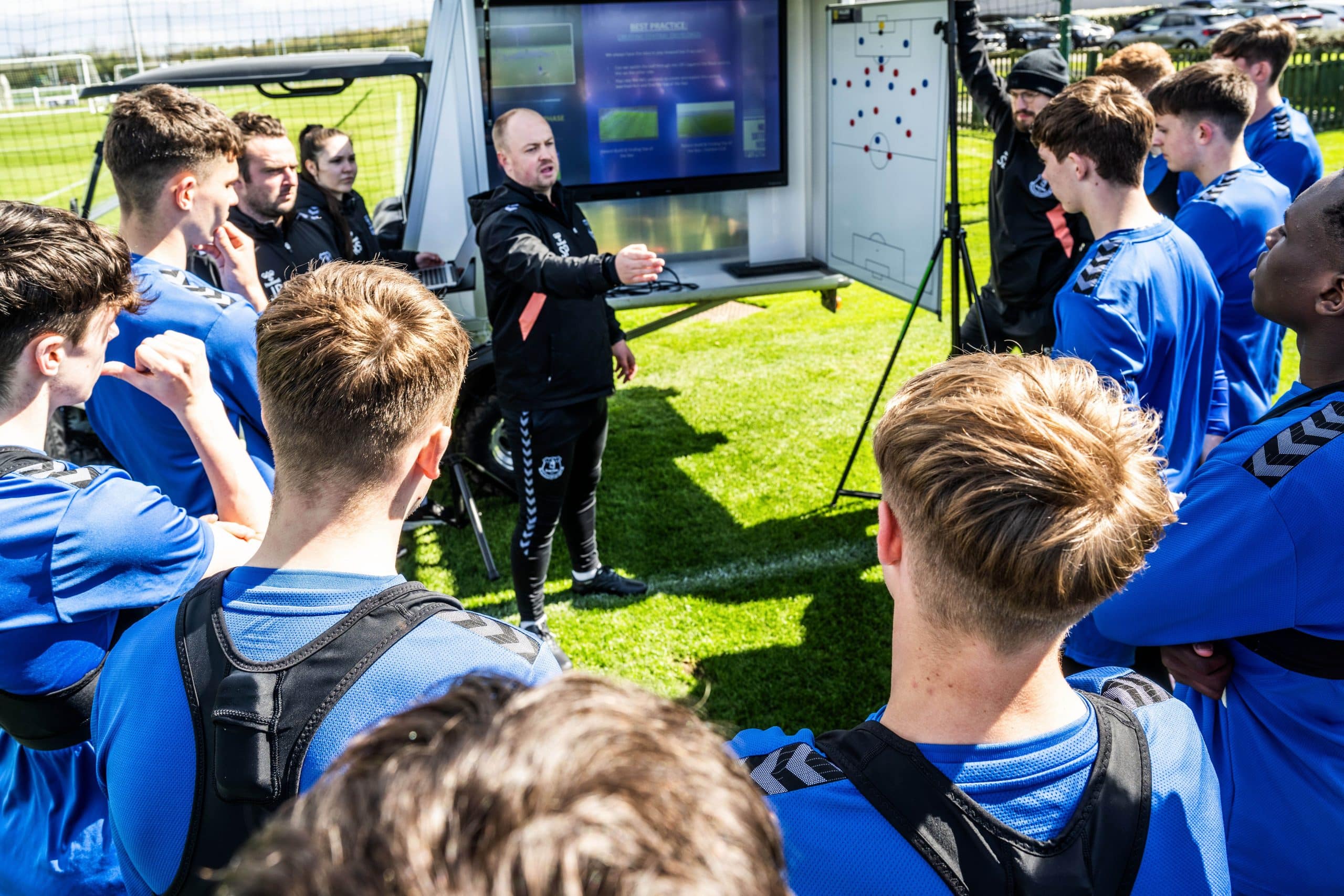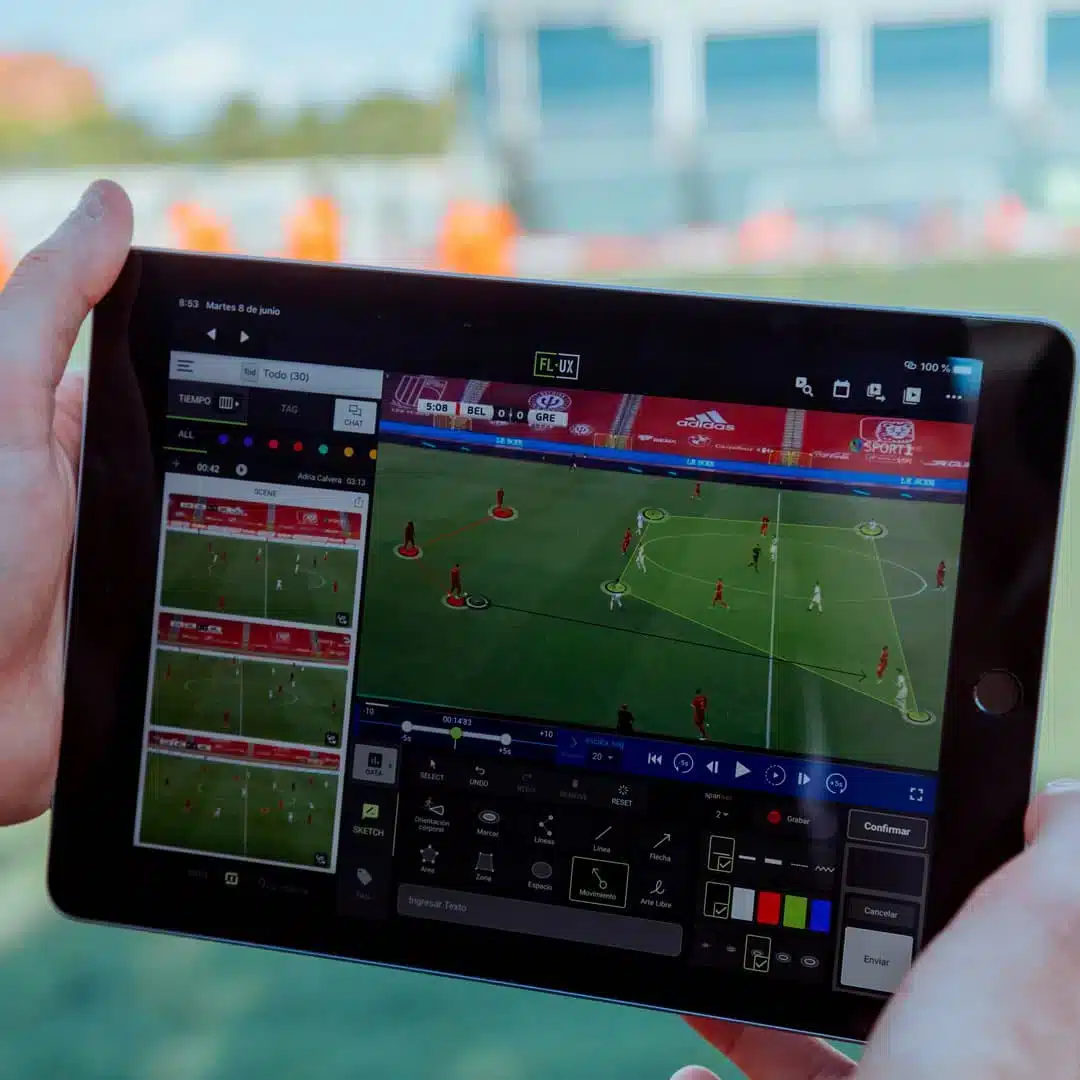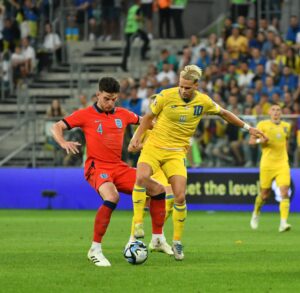Nowadays, the figure of the analyst is becoming increasingly important within professional clubs for the information they provide to the coaching staff.
What type of information can they provide? Primarily, about the opponents, but also about the team itself and even the players themselves. However, the type and amount of information may vary depending on the competition and type of analysis to be carried out.
Next, we will present the 5 types of analysis that a professional analyst can do and what each one is used for:
-
Complete Analysis: This is an extensive analysis that consists of observing the structure and dynamics of the team, as well as analysing in depth all phases and moments of the game. It is recommended to use at least 3 or 4 matches for this and will start about 15-20 days before the match. It is useful for regular competitions or competitions that work in phases, although it makes a lot of sense for competitions that have a long preparation period, such as the World Cup, the Champions League, Copa Libertadores, etc.
-
Detailed Analysis: The information will be more summarised, focusing only on the most relevant moments and points of both the opponent and the team itself. It is essential when there is not much time, or the opponent is known because you have played against them recently. Therefore, the objective will be to know the most relevant points in order to train and win the match. It is usually done 5 to 7 days before the match.
-
Live Analysis: The opponent and the team itself are analysed during a live match, during the first and second half, with the aim of correcting aspects of the game. Nowadays, teams have at their disposal a lot of technology to show images and videos to the coaching staff in real time, and even to show certain actions to the players during half-time.
-
Post-Match Analysis: The team’s own game model is analysed, and, with this, the match plan implemented during the last fixture in order to evaluate the team and what it can improve and optimise. Therefore, it will be crucial to effectively plan the training content for the week (microcycle). It should be completed 24 hours after the match, to be submitted to the coaching staff. Although there are many ways to present this analysis, and each has its own format. However, our recommendation is to use a slide that summarises and visually displays the team’s performance in certain aspects of the game model, followed by a selection of concepts to prioritise for training.
-
Individual Analysis: Within the player analysis, we can find 3 different objectives. a) to improve the player, b) to sign a player (usually in cooperation with the recruitment department and the club’s sporting management) and c) to obtain specific information about an opponent.
Therefore, depending on the type of competition and moment of the week, one type of analysis or another will be prioritised. In this way, the selection of information by the analyst will be key, as he/she will have to prioritise that which is most relevant for the team, and which best describes the behaviour of the opponent.
Would you like to become a professional analyst?
The scouting and game analysis course will allow you to thoroughly understand the MBP analysis model and go deeper into the functioning and use of professional analysis. You will have access to all the contents of the in-person program in a comfortable, attractive and motivating way: you will learn the different existing types of scouting and analysis and you will identify both the elements of analysis of the player, individually, and of the team, as well as all the keys to creating a complete report of the rival.
In addition, you will learn about the most cutting-edge technological analysis tools and you will learn to use one of them to collect information, organize and interpret it according to methodological patterns and face the competition with a professional analysis of your own team and the rival. All of this independently but also sharing your learnings with the community and with MBP teachers.
Click here to see more information about the course.









